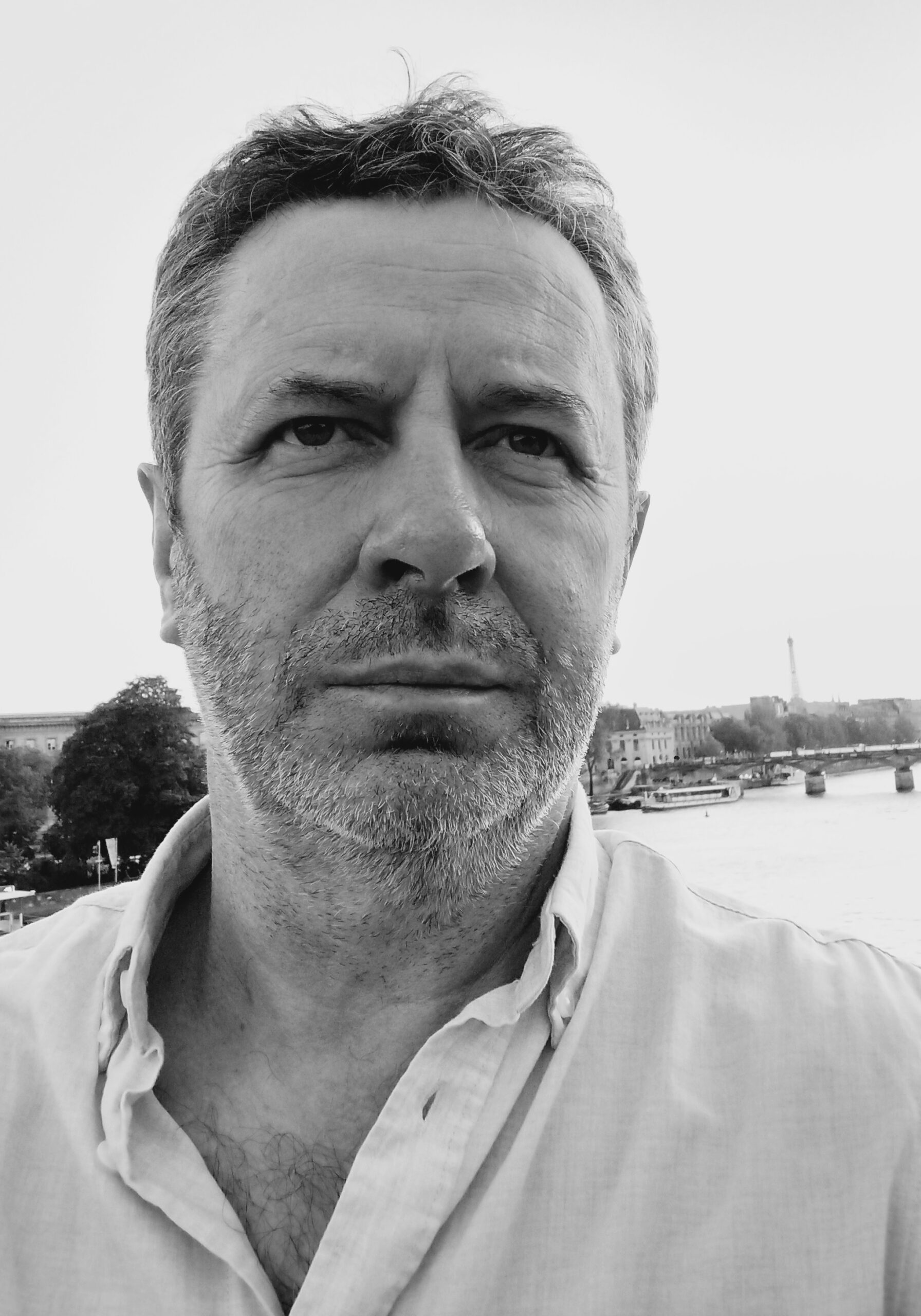The Archivisation, Presentation and Dissemination of Cyber Art on the Web
piątek, 31 lipca, 2009Text first published in: „Art Inquiry” vol. X (XIX).”Virtual Art/Virtual Domains of Art”. Ed. Ryszard W. Kluszczyński. Łódź 2008.
A conference devoted to digital archives took place during the Ars Electronica Festival in Linz in 2005. The conference was held by the newly founded Ludwig Boltzmann Institute for Digital Culture and Media Science. The Institute is based on the active cooperation of three institutions located in Linz: Ars Electronica Center, University of Art and Industrial Design and Lentos Art Museum. One of the primary tasks of the Institute is to document, describe and protect digital art and the objects of new media art which are collected in the Ars Electronica Festival archives. The number of works that have been gathered since the first festival in 1979 estimates to around thirty thousand. Since 1987 Prix Art Electronica – the most prestigious new media art competition – has accompanied the Ars Electronica Festival. The aim of the event is to consolidate the achievements of artists, technologists and scientist in order to elaborate on a long-term strategy of cooperation for the most significant world-wide institutions dealing with the issues. The basic tasks of the institute are: 1.the scholarity description of digital works of art in the context of art history; 2.archivisation and preservation of the works and making them accessible to the public; 3.the development of computer tools and heightening standards of unified net-related interchange of different institutions’ data; 4.the popularization historical and theoretical treatises by means of multidimensional system of Web dissemination; 5.the furthering of the exchange of information, dialogue and mutual network communication between artists, scientists, technologists and institutions. The field of documenting activity includes computer graphics, animation, computer and digital music, interactive art, internet projects, software, mixed reality, applications of virtual reality, media performances, biological, cybernetic and genetic art, robotics, video art(1). (więcej…)
